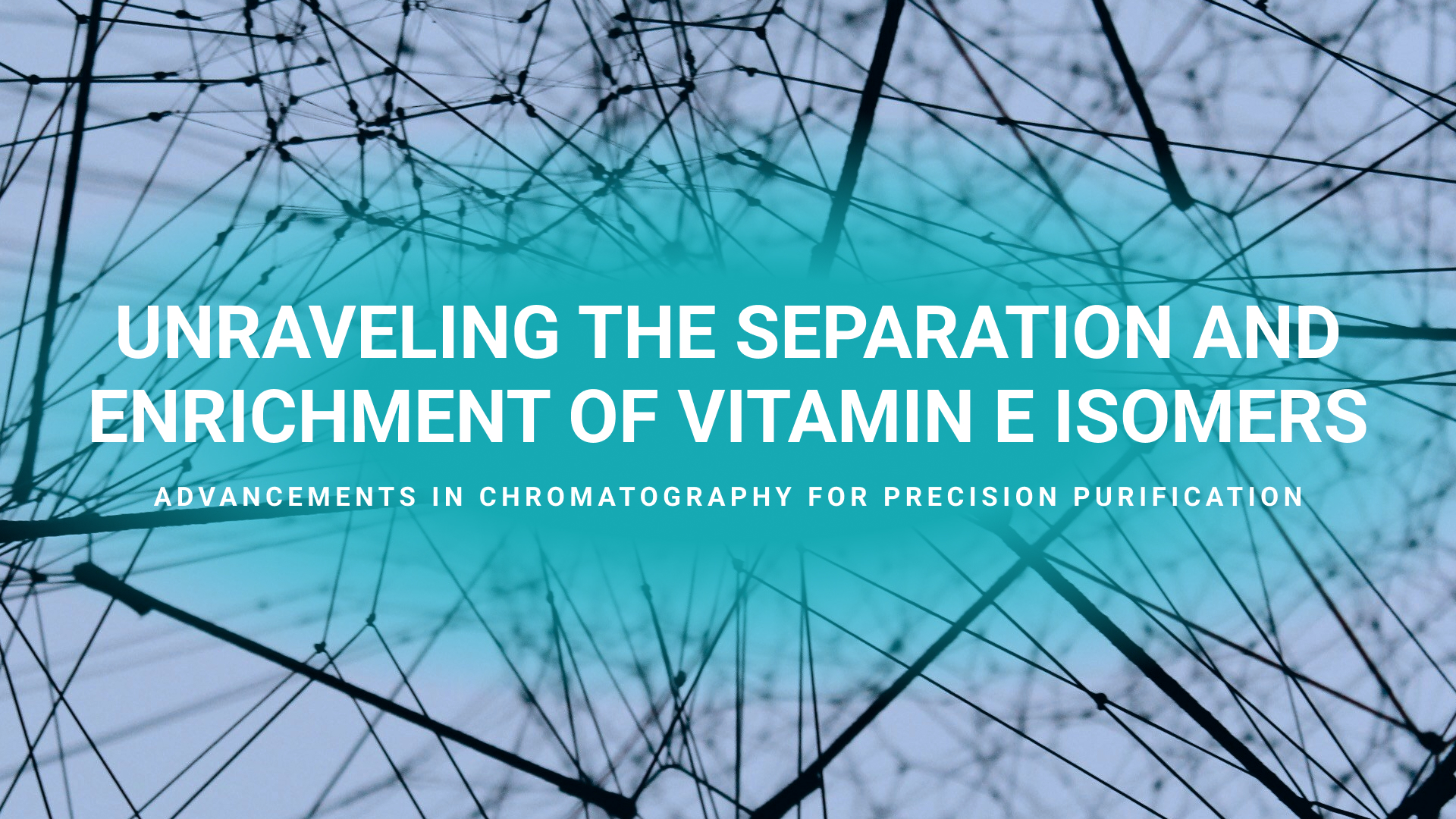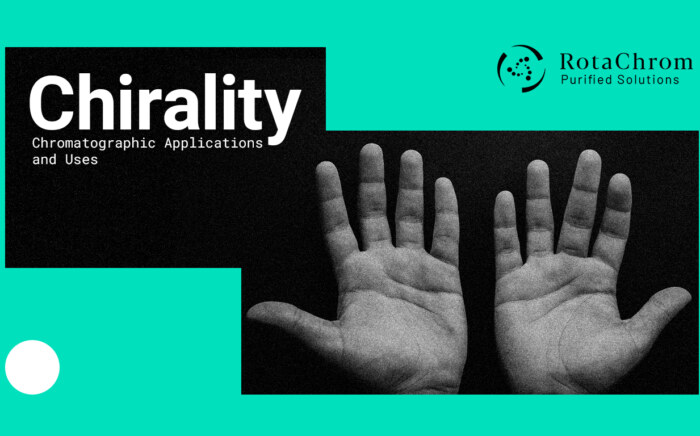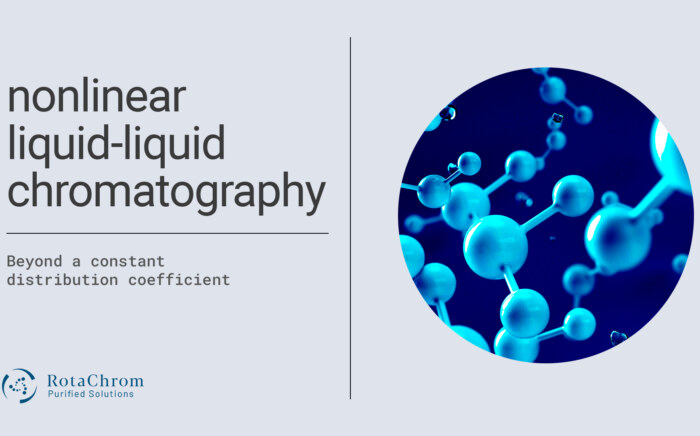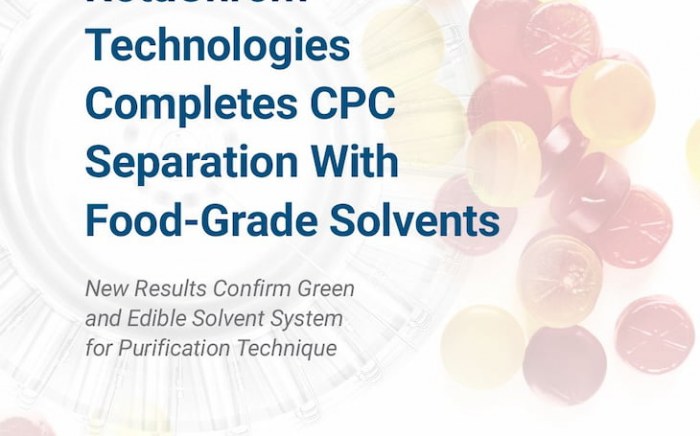Increasing separation efficiency by pH adjustment in Centrifugal Partition Chromatography
NewsVitamin E is an essential lipid-soluble antioxidant known for its protective effects against oxidative damage, potentially reducing the risk of certain diseases. Among its compounds, tocopherols and tocotrienols are the primary forms, each existing as different constitutional isomers with unique properties and benefits. The process of isolating and enriching these isomers, especially the tocotrienols, is critical for both research and practical applications in health and industry. This article explores the use of chromatography techniques in the separation, purification, and enrichment of tocotrienols from raw vitamin E sources.
The Composition of Vitamin E: Tocopherols and Tocotrienols
Natural sources of vitamin E, such as palm oil, contain a mix of tocopherols and tocotrienols—two closely related yet distinct groups of compounds. In raw vitamin E extracts, tocotrienols comprise approximately 37%, while tocopherols make up around 12%. Both groups share a similar core structure: a chromane ring that serves as the hydrophilic component. However, their isoprenoid side chains differ; tocopherols have a saturated phytyl tail, while tocotrienols possess an unsaturated side chain with three trans double bonds. This structural difference creates eight main vitamin E isomers: four tocopherols (α, β, γ, δ) and four tocotrienols (α, β, γ, δ), each with unique antioxidant capabilities and industrial applications.
The structural uniqueness of each isomer gives rise to distinct biological activities. For example, α-tocopherol, also known as E307, is widely used as a food additive, while various tocotrienol isomers are popular in skincare products for their UV-protective and regenerative properties. The demand for high-purity tocotrienols has therefore driven research into efficient methods for their separation and purification.
The Importance of Isomer Separation and Purification
Isomerism in tocopherols and tocotrienols means that each compound has subtle yet significant variations in structure, leading to diverse biological effects. By isolating individual isomers, researchers can study their specific health benefits in detail, aiding in the development of targeted nutraceuticals and skincare products. Purifying these isomers is equally important, as the presence of non-target compounds can reduce the effectiveness of the final product. High-purity tocotrienols are particularly valuable due to their strong antioxidant properties and emerging applications in health and wellness industries.
Chromatography for Isomer Separation and Enrichment
Chromatography has proven to be one of the most effective methods for the separation and purification of tocotrienols and tocopherols. In this study, centrifugal partition chromatography (CPC) was employed in a descending mode to evaluate the separation of tocotrienols on a laboratory scale. The initial step involved selecting an appropriate solvent system, prioritizing factors like selectivity between tocotrienols and tocopherols, high partition coefficients for triglycerides, and sufficient selectivity between tocotrienol isomers.
Using the CPC system, 1 gram of raw vitamin E material dissolved in 12 mL of solvent was injected. The chromatography process led to the successful separation of three key tocotrienol isomers: δ-tocotrienol, γ-tocotrienol, and α-tocotrienol, in that order of elution. Each compound displayed distinct partition coefficient values (Kd), allowing for effective separation. Following high-performance liquid chromatography (HPLC) analysis, the enriched tocotrienol fraction demonstrated a purity level of 90%, with a total tocotrienol content reaching 719 mg/g after normalization.
Scaling up the process allowed for the injection of 5 grams of crude material, yielding 2534 mg of product with a tocotrienol content of 72% and a recovery yield of 97%. This high yield highlights the efficiency and precision of the chromatography process, making it a viable method for industrial-scale production of tocotrienol-enriched vitamin E.
Applications and Future Prospects
The successful separation and purification of tocotrienols have significant implications for multiple industries. In the food sector, purified tocopherol and tocotrienol isomers are used as antioxidants and preservatives, prolonging the shelf life of products. The skincare industry also benefits from these isolated isomers, particularly tocotrienols, for their protective and regenerative effects on the skin. As research continues, new therapeutic applications for specific vitamin E isomers may emerge, further emphasizing the importance of precise isomer separation.
In conclusion, centrifugal partition chromatography provides an effective and reliable method for the separation and enrichment of tocotrienols from natural sources of vitamin E. By isolating individual isomers, researchers and industry professionals can harness the unique benefits of each compound, from antioxidant properties to skin protection. As demand for high-quality, targeted vitamin E products grows, advancements in chromatographic techniques will play a crucial role in meeting these needs.



